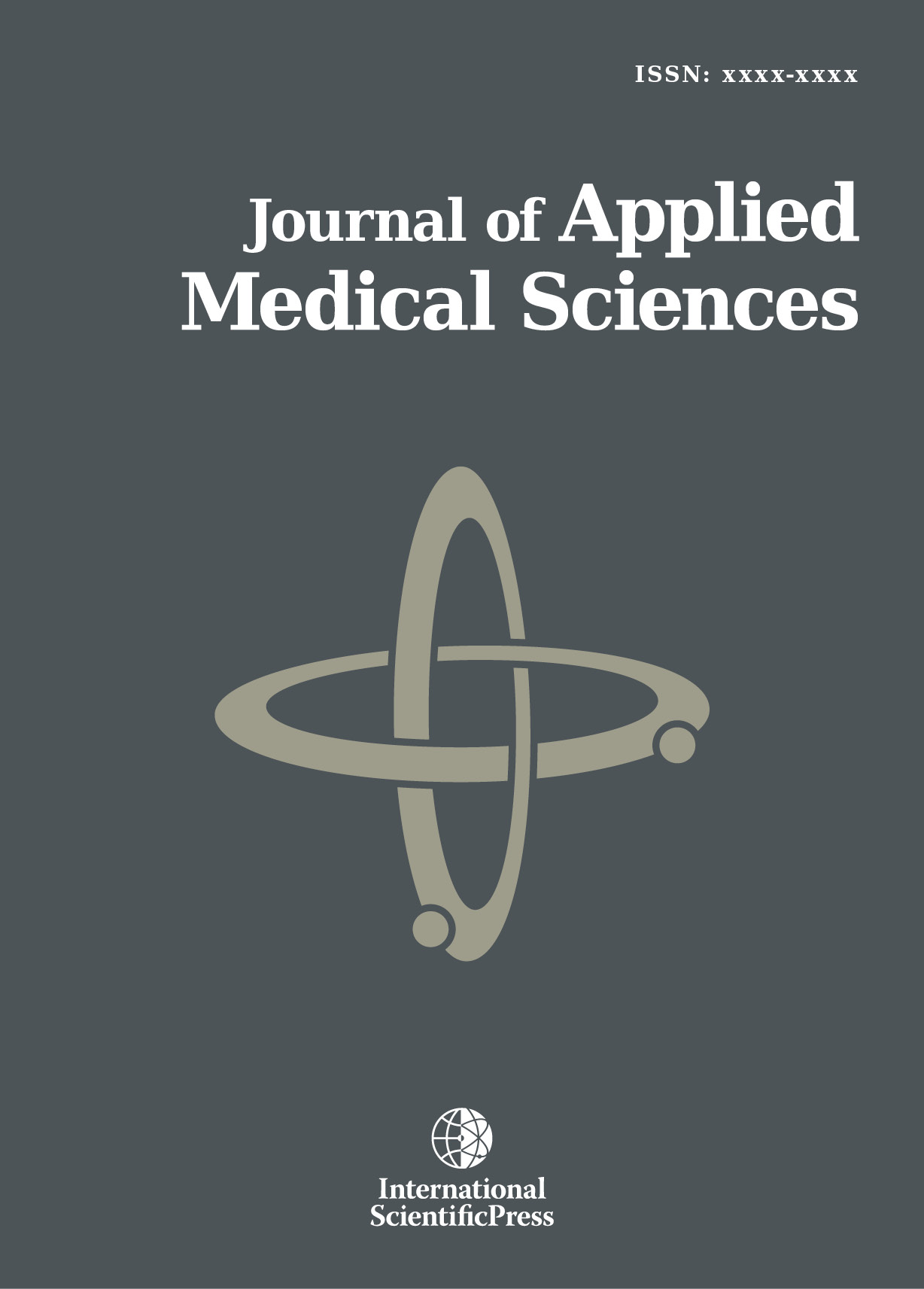Journal of Applied Medical Sciences
Clinical and Tomographic Evaluation of Thoracic Deformities in Unilateral Auricular Reconstruction with Autologous Costal Cartilage: A Useful Tool for Proper Monitoring
-
 [ Download ]
[ Download ]
- Times downloaded: 10880
-
Abstract
Background: Thoracic deformity after costal cartilage harvesting is a poorly reported complication in current literature. Several authors reconstruct an ear using 3 or 4 costal cartilages. This method produces various chest wall deformities. There is no description of an analysis of thoracic deformity as a sequel in patients who underwent autologous auricular reconstruction based on a clinical and tomographic evaluation. Methods: We performed a prospective analysis of 40 patients who underwent auricular reconstruction after harvesting rib cartilage of a single hemithorax, with one year follow up. All patients underwent clinical analysis and measurements of each hemithorax using computed tomography (CT) scan one year after removing rib cartilage. Results: The tomographic analysis diagnosed 70% of thoracic deformity, but only 30% of those deformities were clinically evident in this series. Conclusion: Removing three or more costal cartilages causes clinically evident thoracic deformity in 30% of the patients, while up to 70% of the defects can be detected by CT scan, because a mild deformity is not noticeable clinically. This analysis indicates that there is an underestimation of thoracic deformities after reconstruction with autologous cartilage. We suggest that CT scan and its multiple modalities are essential for comprehensive evaluation of these patients.
